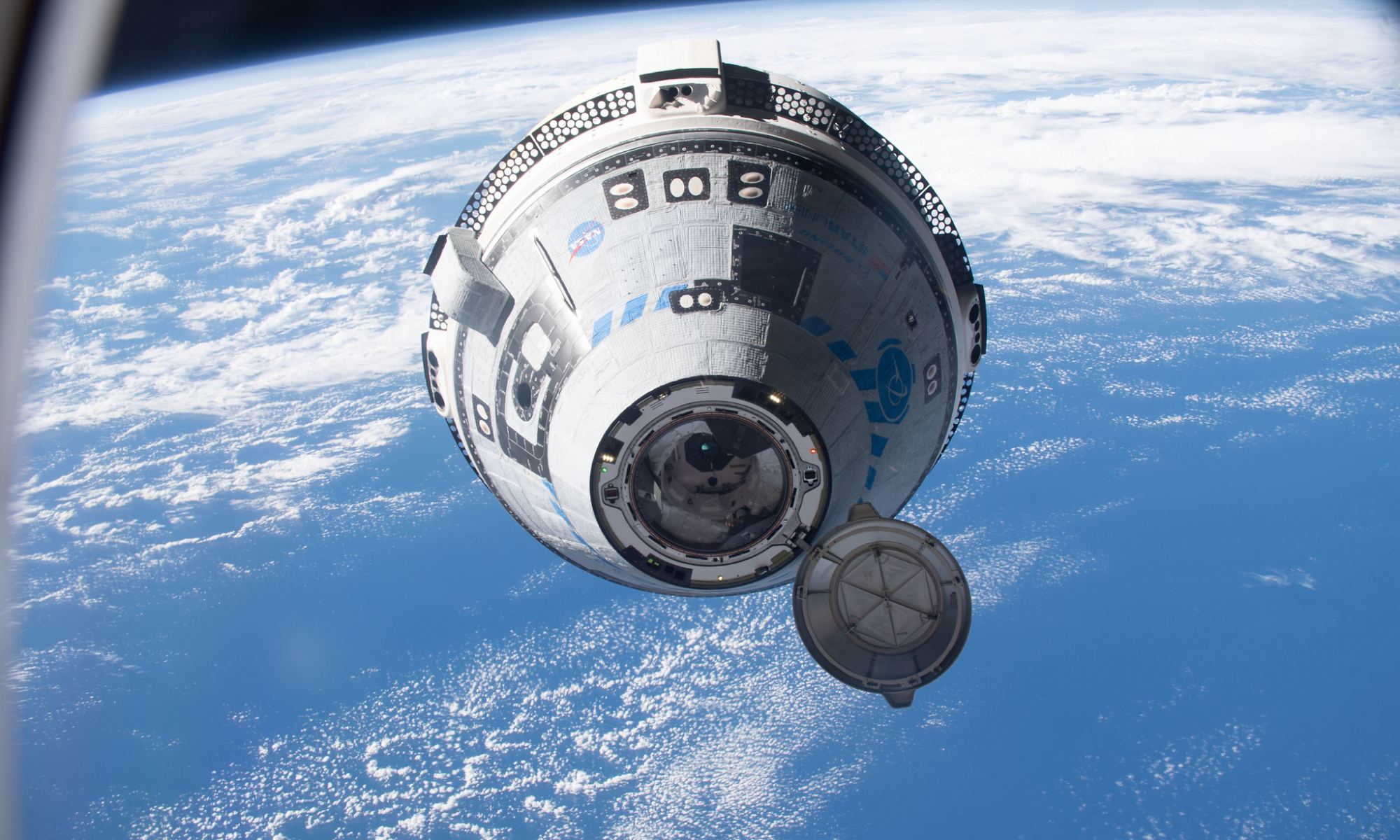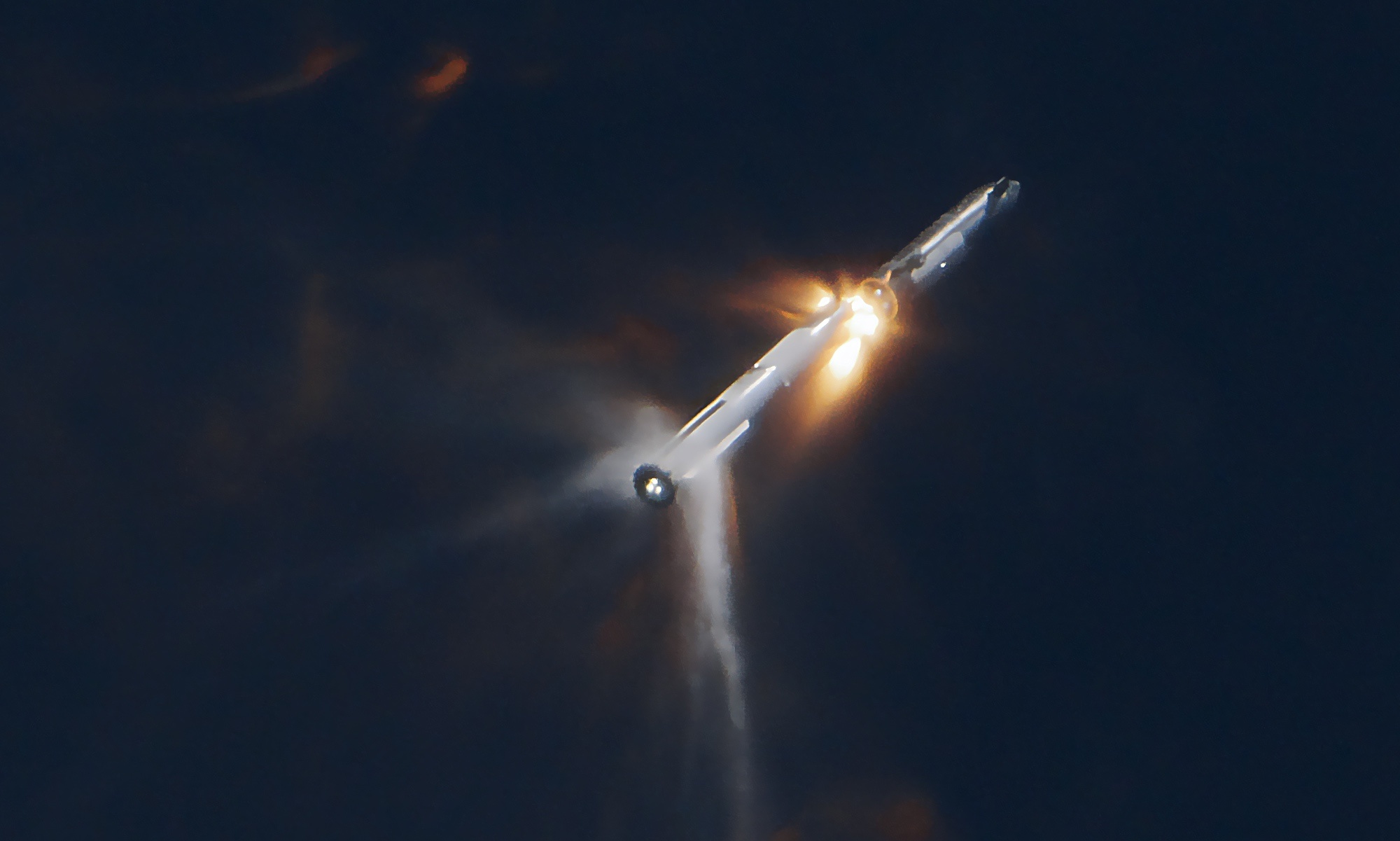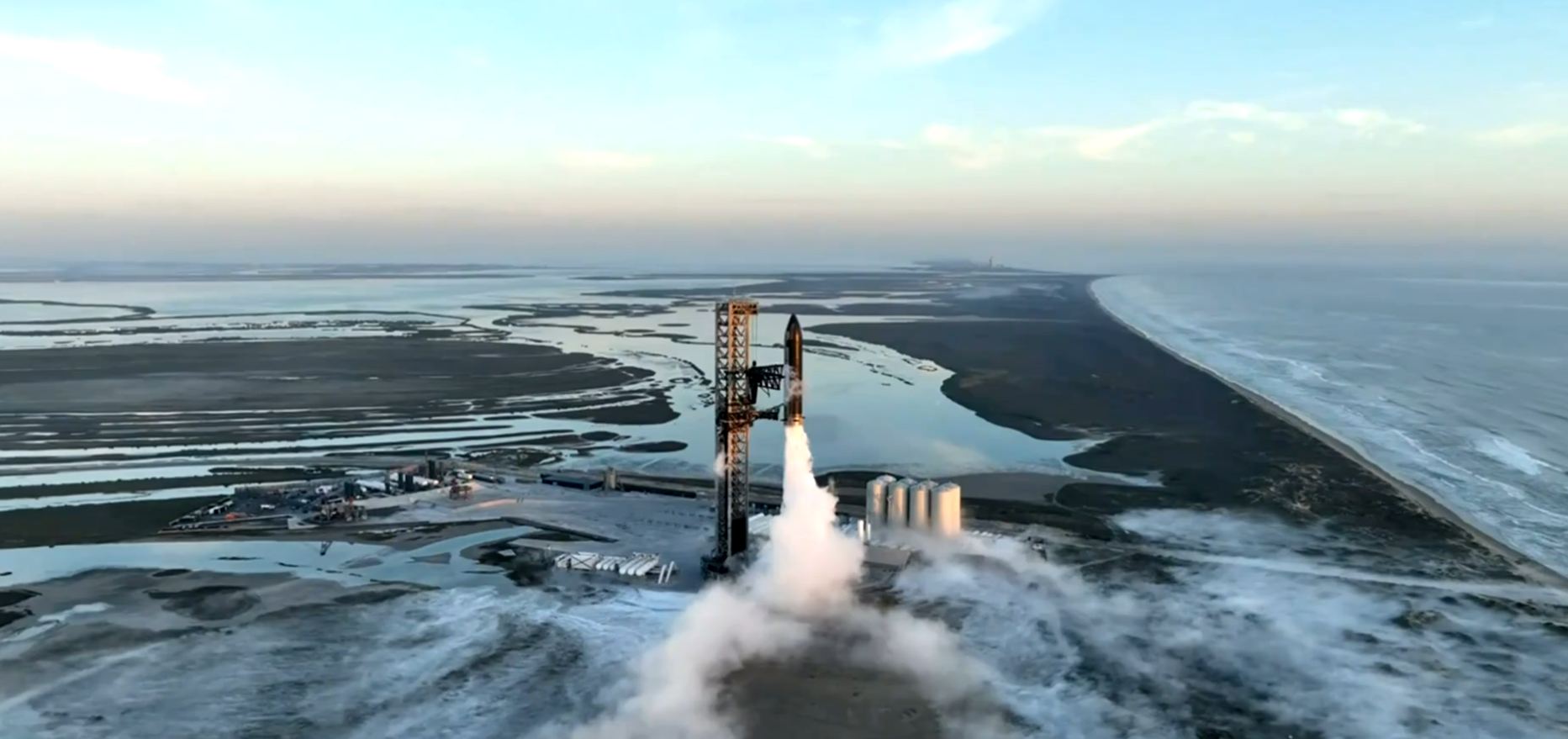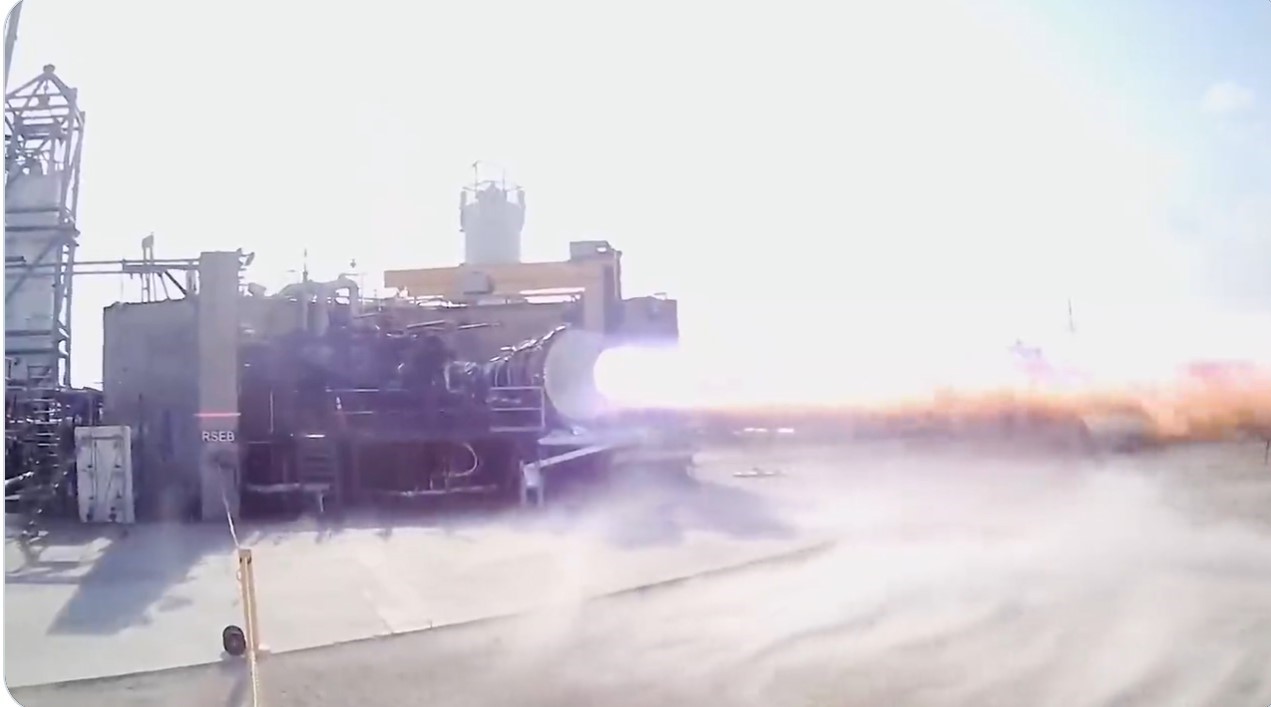SpaceX is often in the headlines, unfortunlatey its not always good news. On 18th November we saw the second of the Starship and SuperHeavy booster get off the launchpad successfully, it failed before reaching orbit. In a recent event, Elon Musk explained how a fuel venting near the end of the burn was responbie but entirely avoidable next time!
Continue reading “Now We Know Why Starship’s Second Flight Test Failed”NASA is Pushing Back its Moon Landings to 2026
I wasn’t around for the Apollo program that took human beings to the Moon. I would have love to have seen it all unfold though. With NASAs Artemis program the opportunity will soon be with us again to watch humans set foot on another world, just not for the first time. Alas NASA announced on Tuesday that the Moon landings which form part of Artemis 3, have been pushed back one year to 2026.
Continue reading “NASA is Pushing Back its Moon Landings to 2026”SpaceX Tested Its Starship Again. Successful Launch But Both Vehicles Were Destroyed
After months of waiting, SpaceX made its second attempt at an orbital flight this past Saturday (November 18th). During their previous attempt, which occurred back in April, a fully-stacked Starship (SN24) and Super Heavy (BN7) prototypes managed to make it off the landing pad and reach an altitude of about 40 km (25 miles) above sea level. Unfortunately, the SN24 failed to separate from the BN7 booster a few minutes into the flight, causing the vehicle to fall into an uncontrolled tumble and forcing the ground teams to detonate the onboard charges.
Things went better this time as the SN25 and BN9 prototypes took off at about 7:00 AM local time (8:00 AM EDT; 05:00 AM PDT) from the Starbase launch complex. The SN25 successfully separated from its booster two minutes and fifty seconds later – at an altitude of 70 km (43 mi) – and reached an altitude of about 148 kilometers (92 miles), just shy of SpaceX’s goal of 150 km (~93 mi). However, the booster stage was lost about 30 seconds after separation, exploding over the Gulf of Mexico. The SN25 also exploded about eight minutes into the flight, reportedly because its flight termination system was activated.
Continue reading “SpaceX Tested Its Starship Again. Successful Launch But Both Vehicles Were Destroyed”Starship Could Be Ready to Launch on Friday
Space exploration should never be run of the mill nor something that finds itself on the back pages of the newspaper. Captain James T. Kirk was right that space really is the final frontier and making it more accessible is one of the driving forces behind SpaceX. Their mission to seek out new life and new civilisations, wait that’s wrong – that’s Starfleet. The SpaceX mission ‘to revolutionise space technology, with the ultimate goal of enabling people to live on other planets is at the forefront of the development of the enormous Starship which may make another launch attempt as soon as this Friday 17th November.
Continue reading “Starship Could Be Ready to Launch on Friday”SpaceX Test Fires a Raptor Engine, Simulating a Lunar Landing
When NASA astronauts return to the surface of the Moon in the Artemis III mission, the plan is to use a modified SpaceX Starship as their lunar lander. NASA announced last week that SpaceX has now demonstrated an important capability of the vacuum-optimized Raptor engine that will be used for the lander: an extreme cold start.
A test last month successfully confirmed the engine can be started in the frigid conditions of space, even when the vehicle has spent an extended time in space, where temperatures will drop lower than a shorter low-Earth orbit mission. The Raptor vacuum engine was chilled to mimic conditions after a long coast period in space, and then was successfully fired.
Continue reading “SpaceX Test Fires a Raptor Engine, Simulating a Lunar Landing”China Has Begun Launching its Own Satellite Internet Network

Since 2019, Elon Musk and SpaceX have led the charge to create high broadband satellite internet services. As of May 2023, the Starlink constellation consisted of over 4,000 satellites operating in Low Earth Orbit (LEO) and roughly 1.5 million subscribers worldwide. Several competitors began launching constellations years before Starlink began, and several companies have emerged since. This includes HughesNet, OneWeb, and Amazon’s Kuiper Systems. But Starlink’s latest challenger could be its most fearsome yet: a company in China backed by the Beijing government!
On Sunday, July 9th, a prototype internet satellite was launched aboard a Long March 2C carrier rocket from China’s Jiuquan Satellite Launch Center in Inner Mongolia. The satellite has since entered a predetermined orbit, where it will conduct several tests to validate the broadband satellite technology. The long-term aim of the project is to create a constellation of 13,000 satellites code-named “Guo Wang,” – which loosely translates to “state network” in Mandarin – reflecting Beijing’s vision for a state-run share of the satellite internet market.
Continue reading “China Has Begun Launching its Own Satellite Internet Network”ESA's Euclid Mission is Off to Explore the Dark Universe
On Saturday, July 1st (Canada Day!), the ESA’s Euclid space telescope lifted off from Cape Canaveral in Florida. This next-generation astrophysics mission will spend the next few weeks flying to the Earth-Sun L2 Lagrange Point, where it will spend the next six years observing one-third of the sky. During that time, Euclid will observe billions of galaxies to a distance of 10 billion light-years, leading to the most extensive 3D map of the Universe ever created. This map will help astronomers and cosmologists resolve the lingering mystery of Dark Matter and Dark Energy (DM & DE).
Continue reading “ESA's Euclid Mission is Off to Explore the Dark Universe”Reusable Rockets Could Fly Back to Their Launch Sites With Wings

Reusable launch vehicles have been a boon for the commercial space industry. By recovering and refurbishing the first stages of rockets, launch providers have dramatically reduced the cost of sending payloads and even crew to space. Beyond first-stage boosters, there are efforts to make rockets entirely reusable, from second stages to payload fairings. There are currently multiple strategies for booster recovery, including mid-air retrieval using helicopters and nets. Still, the favored method involves boosters returning to a landing pad under their own power (the boost-back and landing maneuver).
This strategy requires additional rocket propellant for the booster to land again, which comes at the expense of payload mass and performance for the ascent mission. As an alternative, researchers from the National Office Of Aerospace Studies And Research (ONERA) propose two new types of strategies that would allow boosters to return to their launch site. These are known as “glide-back” and “fly-back” architectures, both of which involve boosters with lifting surfaces (fins and wings) performing vertical takeoff and horizontal landing (VTVL) maneuvers.
Continue reading “Reusable Rockets Could Fly Back to Their Launch Sites With Wings”Starliner Faces New Delays for Crewed Flights to ISS

While the SpaceX Crew Dragon is making regular trips to and from the International Space Station, the other vehicle NASA was planning to rely on for crew transportation keeps running into problems and delays. Boeing and NASA just announced another set of delays for the CST-100 Starliner spacecraft, pushing it even further back from its proposed July launch window — which was already years behind schedule.
Problems with its parachute lines and the electrical system were identified, and the program manager isn’t sure if Starliner will even fly by the end of 2023.
Continue reading “Starliner Faces New Delays for Crewed Flights to ISS”A New Launch Complex Opens Up in the Ocean

The commercial space sector (aka. NewSpace) is one of the fastest-growing industries of the 21st century. In the past twenty years, what was once considered an ambitious venture or far-off prospect has become a rapidly-accelerating reality. Today, companies are conducting launches using their own rockets and spacecraft, often from their own facilities, to send everything from satellites and cargo to astronauts (commercial and professional) into space. The growing number of launch providers has also led to a dramatic increase in demand for launch-related services.
This includes retrieval operations designed to provide launch flexibility and safe retrieval. This is the purpose behind The Spaceport Company, a Virginia-based aerospace company dedicated to creating a global network of mobile, sea-based launch and landing site systems. On Monday, May 22nd, the company successfully tested its prototype platform by conducting the first-ever commercial rocket launches from U.S. water. This test demonstrated the potential for mobile sea platforms to ease congestion at on-shore launch facilities and expedite the delivery of payloads to orbit.
Continue reading “A New Launch Complex Opens Up in the Ocean”





